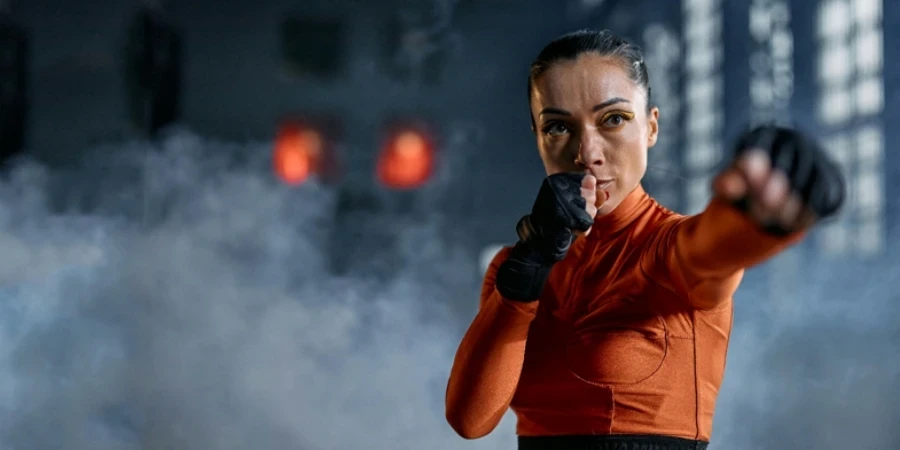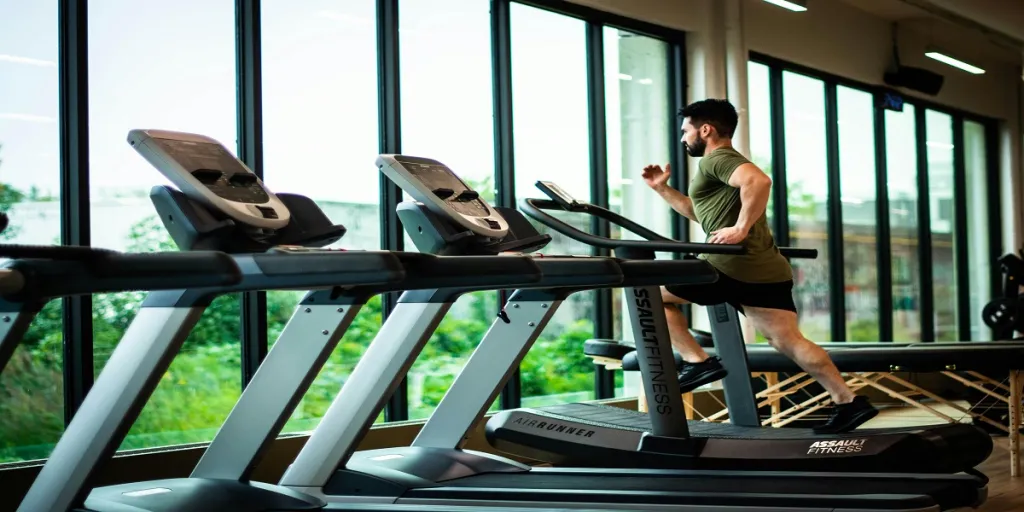Workout gloves are indispensable for ensuring safety, comfort, and peak performance across various fitness activities. By enhancing grip and protecting hands from abrasions and strain, these accessories have become essential in modern workout routines. Understanding market trends and product insights is crucial for professional buyers seeking to meet evolving customer demands, and this guide provides the knowledge needed to make informed purchasing decisions.
Table of Contents
● A thriving market for fitness accessories
● Exploring the wide world of workout gloves
● Key factors to make the right choice
● Conclusion
A thriving market for fitness accessories

Growing demand for fitness gear
The global fitness equipment market is experiencing significant growth, fueled by increasing health consciousness and the need to address lifestyle-related diseases. According to Mordor Intelligence, the market was valued at $34.92 billion in 2024 and is expected to reach $44.02 billion by 2029, with a CAGR of 4.74%. This growth is mirrored in the fitness accessories segment, where items such as workout gloves have become indispensable for their role in enhancing exercise performance and safety.
Emerging trends
Emerging trends in the fitness accessories market include hybrid workout gloves that balance comfort, protection, and advanced features. Sustainability is also gaining traction, with brands integrating eco-friendly materials such as organic cotton and recycled fabrics. According to Technavio, consumer interest in personalization has led to the rise of customizable glove designs, addressing specific user needs and expanding the market’s appeal. These innovations reflect a broader trend in fitness products, aligning with technological advancements and a heightened focus on environmental consciousness.
Exploring the wide world of workout gloves
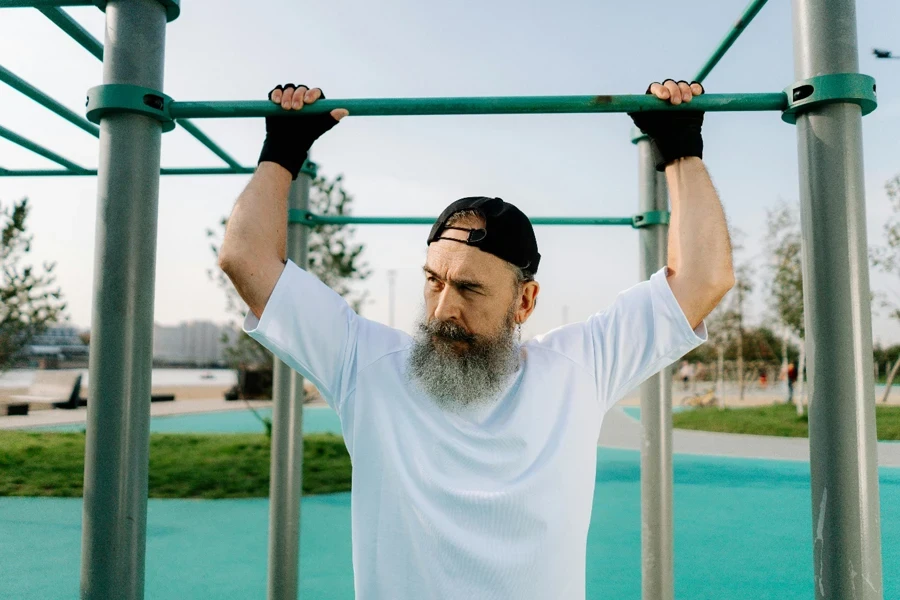
Weightlifting gloves
Weightlifting gloves are specifically engineered to handle intense pressure during strength training. Advanced models feature high-density foam padding to distribute pressure evenly across the palms, reducing hand fatigue and minimizing the risk of calluses. Integrated adjustable wrist straps provide customized support, ensuring wrist joints remain in a neutral position during heavy lifts. Materials such as double-stitched leather and neoprene enhance durability, while strategically placed ventilation zones allow for better airflow to keep hands dry. Fingerless designs are common, offering improved grip and tactile control while maintaining flexibility for complex lifting techniques.
CrossFit gloves
CrossFit gloves are built for multi-dimensional functionality to endure high-impact and repetitive movements. They often include silicone-enhanced grip zones on the palm for optimal contact with gym equipment, combined with reinforced Kevlar stitching to resist abrasion during activities like rope climbs and kettlebell swings. Flexible materials, such as spandex blends, enable full hand mobility, critical for dynamic movements. Many gloves also feature moisture-wicking liners to combat excessive sweat buildup, and some models integrate compression wrist cuffs for added joint stability during rapid transitions between exercises.
Cardio and endurance gloves
Designed for prolonged use, cardio and endurance gloves incorporate ultra-lightweight microfiber fabrics that prioritize comfort and breathability. Enhanced with gel padding on pressure points, these gloves reduce stress on the hands during repetitive motions like rowing or cycling. Specialized anti-slip silicone palm patterns ensure a secure grip even in sweaty conditions, while extended finger tabs allow for easy removal after intense sessions. Many endurance gloves are machine washable, catering to the hygiene demands of athletes involved in frequent, long-duration workouts.
Specialty gloves for other sports
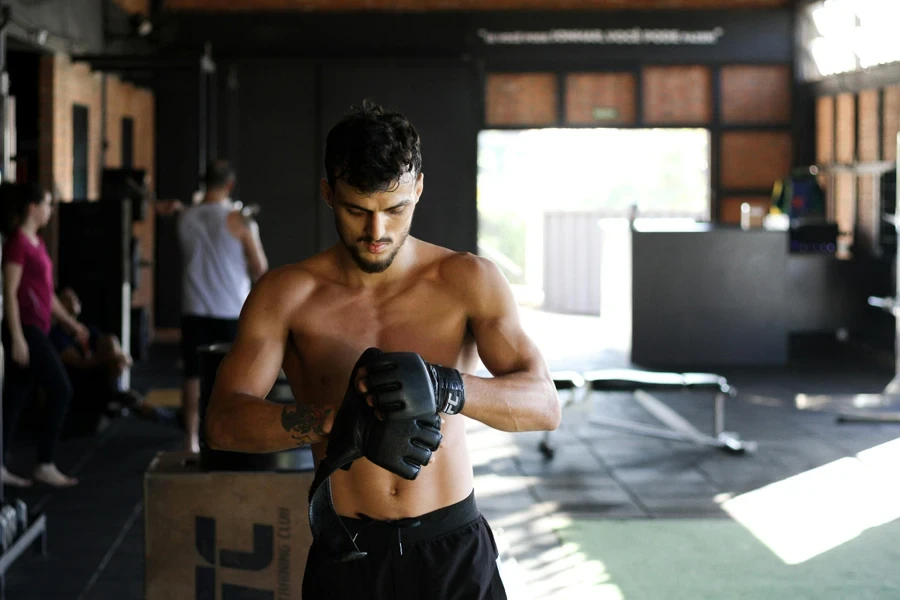
Specialty gloves address the precise needs of various sports with tailored features. Boxing gloves, for instance, include multi-layer foam systems for shock absorption and durable outer layers crafted from synthetic polyurethane leather for wear resistance. Cycling gloves often have pressure-relieving gel inserts strategically placed to reduce ulnar nerve compression and improve long-ride comfort. Yoga gloves integrate grip-enhancing silicone patterns and open-back designs to maximize stability during poses while maintaining airflow. These highly specialized designs cater to the exact biomechanical and ergonomic requirements of each sport.
Key factors to make the right choice

Material matters
The choice of material is critical in determining the functionality and longevity of workout gloves. Leather offers unmatched durability and a natural grip but may lack the breathability needed for high-sweat activities. Synthetic leather is a versatile alternative, providing similar durability with added flexibility and moisture resistance. For lighter, high-movement workouts, neoprene is an excellent option due to its lightweight, stretchable, and water-resistant properties. Increasingly, eco-friendly materials such as recycled polyester and organic cotton are being used to cater to environmentally conscious buyers, offering a balance of functionality and sustainability.
Padding and protection
Padding is integral to protecting the hands during strenuous activities. Gloves with high-density foam padding or gel inserts are effective for heavy lifting, as they distribute pressure evenly across the palm to reduce hand fatigue and the risk of calluses. For activities like cycling or rowing, targeted padding on pressure points minimizes stress on nerves and joints. It is essential to strike the right balance between cushioning and a close-contact feel to ensure that the gloves do not hinder the natural grip on workout equipment.
Wrist support
Stability during workouts is greatly enhanced by gloves with adjustable wrist straps or integrated support wraps. These features help maintain a neutral wrist position, reducing the risk of hyperextension or strain, particularly during heavy lifts or pressing movements. Compression-style cuffs are also beneficial, providing a snug fit that promotes joint alignment and minimizes wrist fatigue over prolonged sessions.
Fit and flexibility
Proper fit is non-negotiable for optimal performance. Gloves should fit snugly without causing discomfort or restricting movement. Flexible materials such as spandex blends ensure that the gloves adapt to the hand’s natural contours, allowing full mobility. Some designs incorporate pre-curved finger construction, which mirrors the natural grip position, reducing strain during extended use. Breathable fabrics and strategically placed ventilation zones are crucial for maintaining comfort during high-intensity activities.
Grip and traction
Grip-enhancing features are vital to prevent slippage and ensure safety. Textured silicone palms and anti-slip patterns improve grip reliability, particularly in sweaty conditions. For weightlifting, gloves with double-layer reinforcement in high-contact areas provide extra grip strength and durability. Innovative designs also include grip pads or raised traction zones that optimize contact with gym equipment, enhancing user confidence during heavy lifts or dynamic movements.
Durability and maintenance
The lifespan of workout gloves depends on both material quality and care practices. Gloves constructed from double-stitched leather or heavy-duty synthetic fabrics are more resistant to wear and tear. Proper maintenance, including regular cleaning with mild detergents and drying in a well-ventilated area, extends their usability. Avoiding exposure to direct sunlight or excessive moisture ensures that the materials retain their integrity over time. Gloves with removable liners offer added convenience for hygiene and maintenance.
Conclusion
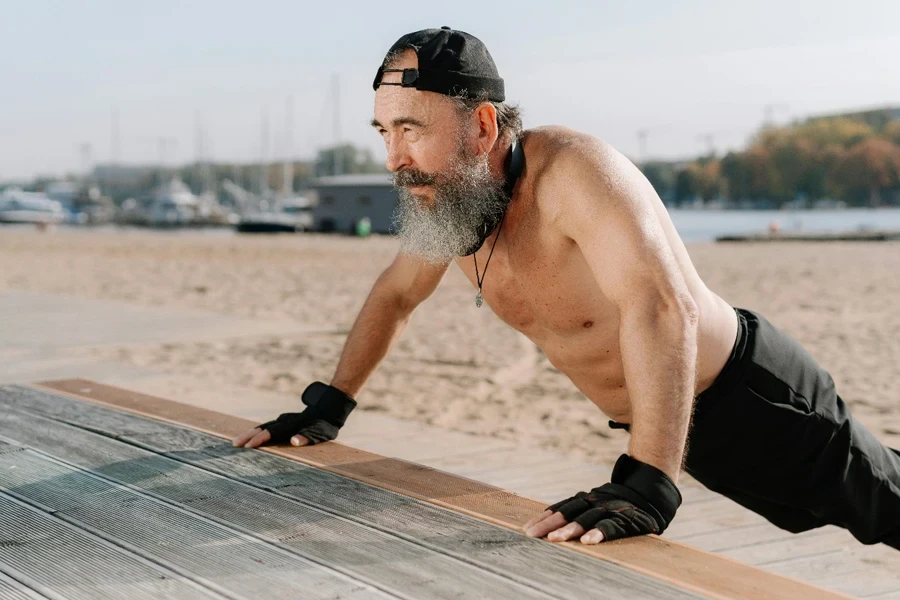
Selecting the right workout gloves is essential for maximizing performance and ensuring safety during fitness routines. By choosing gloves tailored to specific needs—whether for weightlifting, CrossFit, endurance training, or specialized sports—users can benefit from enhanced grip, superior protection, and optimal comfort. These features not only elevate workout efficiency but also help minimize the risk of injuries, making them a vital addition to any fitness regimen.
